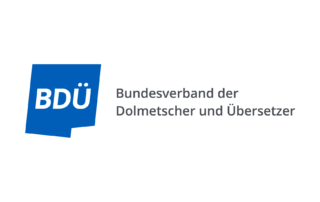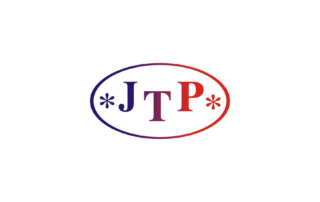Although Hungary lies in the very heart of Europe, the Hungarian language sounds nothing like other European languages, which undoubtedly makes it original and mysterious. Hungarian is believed to have originated in Western Siberia and the languages most closely related to it are those used in the Khanty-Mansi Autonomous District in the Russian Federation. Being a member of the Uralic language family, it is also related to Finnish and Estonian languages.
Difficult to learn
Did you know that Hungarian is one of the most difficult languages to learn? If you browse the Internet in the search of the hardest languages, it will almost always be somewhere near the top of every list. What makes it so challenging? For starters, it’s the lack of similarity between Hungarian and most other European languages. It’s virtually impossible to figure out the meaning of a given phrase based on a word-to-word association. What makes the matter even worse, the language is difficult to pronounce. Many of the sounds of Hungarian are relatively unique and therefore challenging to master for foreigners.
Complicated grammar
Learners of Hungarian often complain about the complex grammatical rules and elaborate case system. Hungarian is an agglutinative language, which means it relies on suffixes and prefixes to determine the grammatical role of words. What makes it even worse (at least for the learners) is the fact that more than one suffix can be put together. For example:
Ház means a house.
Házunk – our house
Házban – in the house
Házunkban – in our house
Unlike English, Hungarian has a flexible word order, at least to some extent. But if you think that it’ll make it easier to learn the language, think again. Word order can too be a source of major headaches to a large number of learners. It is far from entirely free, and there are still some rules you need to remember, like the position of an attributive adjective in a sentence or the fact that the verb is usually at the end of a sentence.
A 44-letter alphabet
There are 44 letters in the Hungarian alphabet, but some of the letters consist of two, or even three other letters. For instance, “dzs”, “sz” or “ly” are also counted as letters, which might be confusing for foreigners.
The longest word
Due to the fact that, in Hungarian, suffixes and prefixes are used instead of prepositions, it’s possible to create really long words, like this 44-letter monster: Megszentségteleníthetetlenségeskedéseiteké. According to various sources, it is the longest word in the Hungarian language, which translates as: “for your [plural] continued behaviour as if you could not be desecrated”.
However, Wikipedia states that because of the language structure, when it comes to word creation, the sky is the limit. If you’re creative enough, you can always come up with yet another suffix or prefix to pile on.
Names – the other way around
Unlike in most European languages, when introducing themselves, the Hungarians always say their name after the surname, also in casual daily speech. And it doesn’t sound pretentious or bureaucratic at all! This is the so-called Eastern name order and is used mainly in Asia. So if you think about the origins of Hungarian language, it shouldn’t come as a surprise.
Two words for red
Red is a very common color in Hungary and it is a characteristic feature of many elements of Hungarian culture: red pepper, Hungarian flag or red wine etc. It would seem that if something is red, it is red, period. But apparently Hungarians love it when things get complicated. When describing something as red, they have to choose from vörös and piros. To the despair of many learners of the language, the adjectives can be used interchangeably in some contexts and not in others.
10 million speakers
Hungarian is spoken mainly in its country of origin – Hungary, with the population of nearly 10 million people. But because of the historical reasons, it is also spoken in the areas surrounding the country, as in the past, parts of today’s Austria, Slovenia and Croatia used to comprise the Kingdom of Hungary. Hungarian is also used by more than 100,000 speakers in the Hungarian American communities in the US. The total number of speakers is estimated at roughly 13 million.











